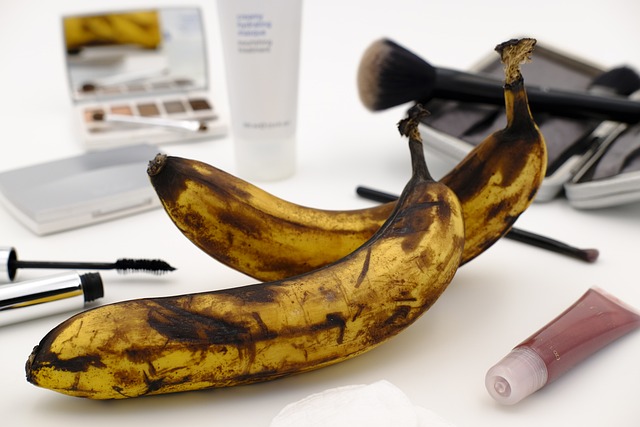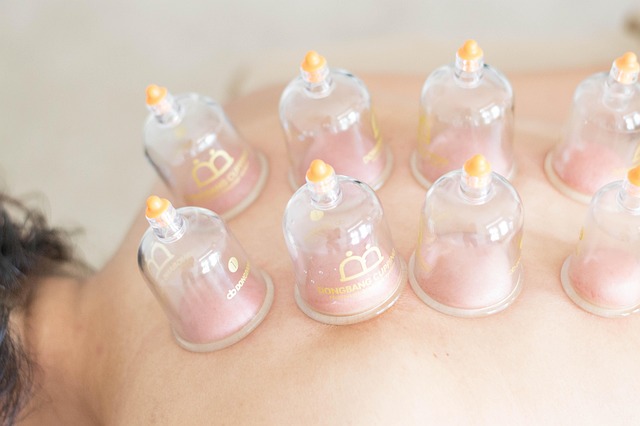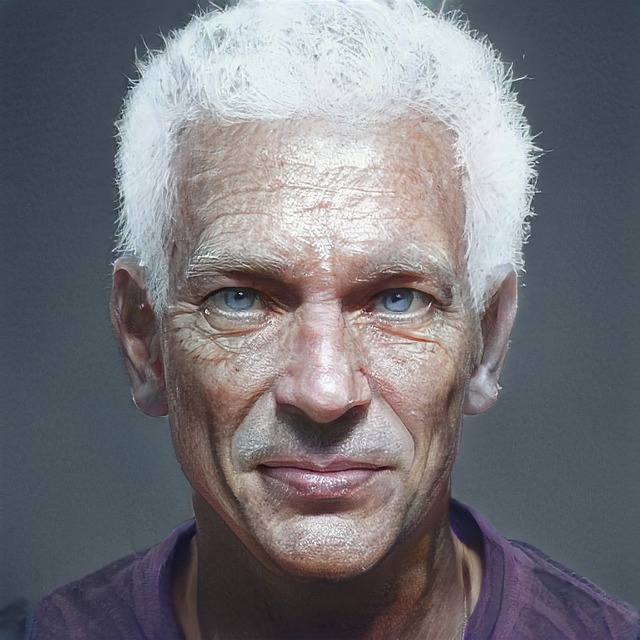Anti-aging wrinkle treatments have evolved significantly, offering diverse options from topical applications to surgical procedures. Non-invasive techniques like microneedling and laser therapies stimulate collagen production and enhance skin elasticity without downtime. Advanced technologies target specific skin layers, while at-home treatments featuring peptides show promising results. Botox and filler injections provide temporary line minimization but carry risks and recovery times. Preventative measures, including skincare routines and diet, are crucial for long-term skin health, supporting the effects of professional treatments for gradual aging and radiant skin.
In the quest for youthful skin, understanding wrinkles beyond their surface is key. This article delves into advanced wrinkle reduction procedures, offering a comprehensive guide to anti-aging treatments. From non-invasive therapies to cutting-edge cosmetic procedures, we explore effective solutions. Discover the latest innovations in wrinkle therapy and gain insights on risks, benefits, recovery, and preventative skincare strategies for long-lasting results.
Understanding Wrinkles: Causes and Types

Wrinkles, a natural sign of aging, are more than just fine lines on the skin’s surface. They result from a complex interplay of various factors, primarily related to time and environmental exposure. The most common types include expression lines (formed by recurring facial movements), photoaging (damaged by UV radiation), and dynamic wrinkles (caused by muscle contractions).
Advanced anti-aging wrinkle treatments aim to address these causes through innovative procedures. These range from topical applications of retinoids and peptides, which boost collagen production, to non-invasive techniques like microneedling and plasma rich in growth factors (PRGF) therapy. For more severe cases, dermatologists offer surgical options such as facelifts and thread lifts, designed to rejuvenate the face by tightening skin and enhancing facial contours.
Non-Invasive Anti-Aging Treatments: A Gentle Approach

Non-invasive anti-aging treatments offer a gentle yet effective approach to tackling wrinkles and signs of aging skin. These procedures are designed to stimulate collagen production, enhance skin elasticity, and improve overall skin texture without causing discomfort or significant downtime. Techniques such as microneedling, radiofrequency therapy, and laser treatments utilize advanced technology to target specific skin concerns while preserving the skin’s natural integrity.
Microneedling involves creating tiny pricks in the skin to encourage a healing response that boosts collagen and elastin levels. Radiofrequency therapy uses heat energy to stimulate collagen production and tighten loose skin. Laser treatments, on the other hand, use light energy to target and break down specific molecular bonds in the skin, promoting the growth of new, healthy cells. These non-invasive methods provide a more comfortable alternative to surgical procedures, allowing individuals to achieve youthful-looking skin without the associated risks and recovery periods.
Advanced Cosmetic Procedures for Deep Wrinkle Reduction

Advanced cosmetic procedures have emerged as game-changers in the quest for youthful skin, offering effective solutions for deep wrinkle reduction. Among these, chemical peels and microdermabrasion stand out as powerful anti-aging treatments. Chemical peels involve applying chemicals to the skin to remove dead cells, stimulating collagen production and improving skin texture. Microdermabrasion, on the other hand, uses a special device to gently sand away the upper layers of the dermis, uncovering smoother, more even skin beneath.
These procedures are tailored to different skin types and wrinkle severity, ensuring personalized anti-aging solutions. Lasers, another innovative tool in the dermatologist’s arsenal, can precisely target specific skin concerns, including deep wrinkles, age spots, and uneven texture. By breaking up collagen and elastin fibers, these treatments promote a natural renewal process, resulting in a more youthful appearance.
The Role of Technology: Latest Innovations in Wrinkle Therapy

The field of dermatology has seen remarkable advancements in recent years, particularly in anti-aging wrinkle treatments. Technology plays a pivotal role in revolutionizing skincare procedures, offering non-invasive and effective solutions for those seeking to combat signs of aging. One of the most notable innovations is the development of advanced laser technologies that target specific skin layers to stimulate collagen production and improve skin texture. These lasers can precisely deliver energy to the dermis, encouraging the body’s natural healing process and reducing the appearance of fine lines and wrinkles.
Additionally, topical treatments have evolved with the introduction of cutting-edge ingredients like peptides and growth factors. These compounds are known for their ability to penetrate deep into the skin, signaling cellular renewal and enhancing the synthesis of structural proteins. As a result, consumers can now access at-home anti-aging products that provide noticeable results over time. The combination of these technological advancements has made wrinkle reduction procedures more accessible and efficient, catering to individuals seeking youthful-looking skin without extensive surgical interventions.
Risks, Benefits, and Recovery: What to Expect

When considering advanced wrinkle reduction procedures, such as Botox or filler injections, it’s crucial to balance the potential benefits against the risks and understand what to expect during recovery. These anti-aging wrinkle treatments offer significant advantages in minimizing facial lines and improving skin texture, providing a more youthful appearance. However, like any medical procedure, they are not without complications. Potential risks include temporary redness, swelling, or bruising at the injection sites. In rare cases, patients may experience allergic reactions or asymmetrical results.
The recovery period varies depending on the chosen treatment but generally takes just a few days. For Botox, results start to appear within 24-72 hours as muscle movement relaxes, and effects can last up to 4 months. Filler injections take effect immediately, offering instant plumping, with results lasting anywhere from 6 months to several years. It’s important to follow post-treatment instructions carefully, including applying cold compresses and avoiding strenuous activities, to minimize discomfort and facilitate healing for optimal outcomes.
Preventative Measures: Long-Term Skin Care Strategies

Preventative measures play a crucial role in the long-term care of our skin, especially regarding anti-aging wrinkle treatments. A consistent skincare routine is essential to maintaining healthy and youthful skin. Daily cleansing, toning, and moisturizing not only remove impurities but also help to strengthen the skin’s natural barrier, preventing early signs of aging. Incorporating sunscreen into your morning routine is another vital step; it protects against harmful UV rays that can break down collagen and elastin, leading to wrinkles and fine lines.
Additionally, adopting a balanced diet rich in antioxidants and essential nutrients supports skin health from within. Regular exercise also boosts blood circulation, enhancing oxygen and nutrient delivery to the skin cells. These holistic approaches complement professional treatments, ensuring your skin ages gracefully and remains radiant over time.
